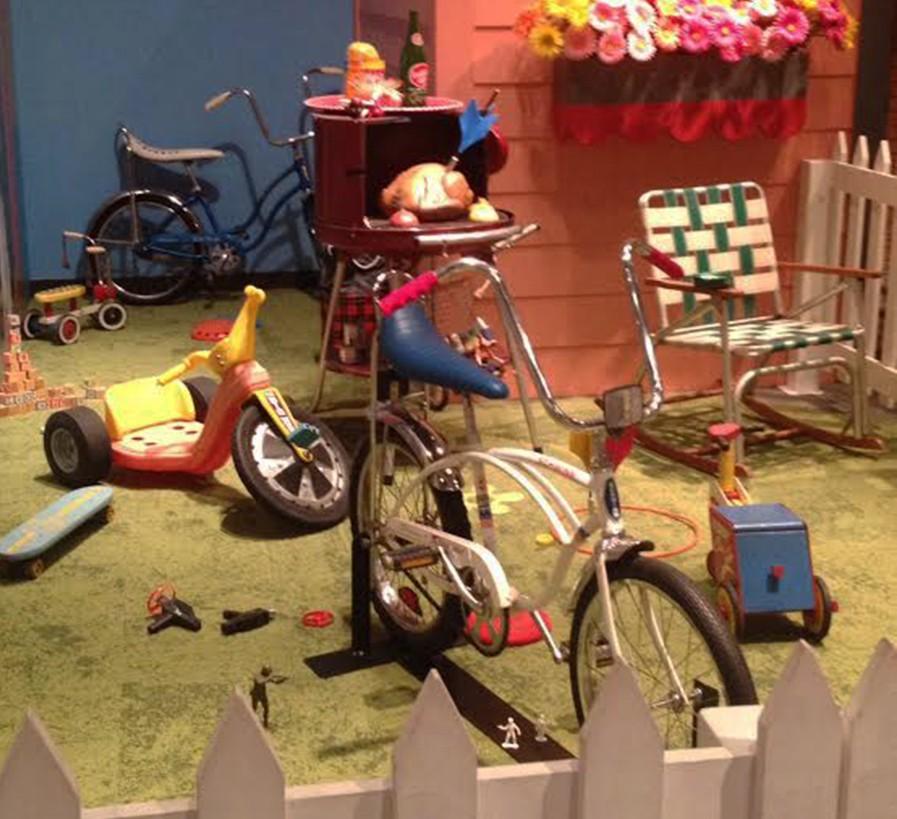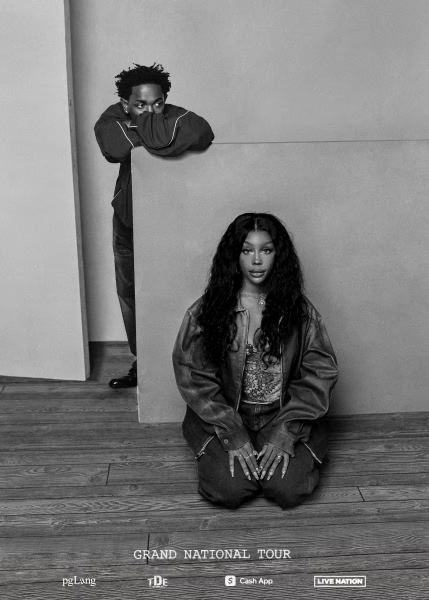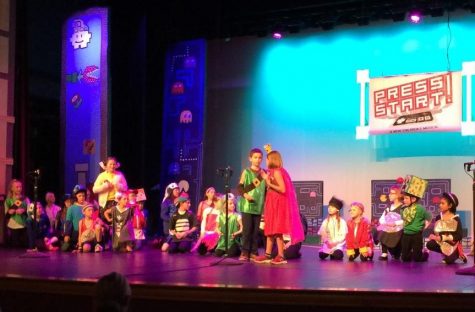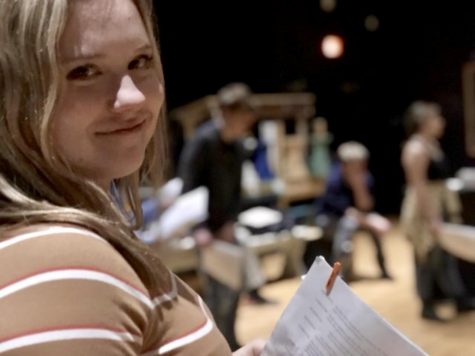Historical Society presents toys from the 50’s, 60’s and 70’s
Toys are constantly evolving. A few years ago, a high tech toy was a plastic oven that baked bite sized cakes with a light bulb. Now, a high tech toy is a touch screen tablet that has endless amounts of games that can be downloaded in seconds. No matter what generation a person grew up in, they will prefer the toys they had in their childhood. Children often form a bond with their toys that will last into adulthood. This is why the Minnesota History Center created an exhibit that shows toys of the past.
The Minnesota History Center recently created an exhibit where visitors can walk through that displays of toys from the 50’s, 60’s and 70’s. The room is also decorated to simulate living rooms from each decade. The exhibit is on view until Jan. 4.
Even in adulthood people still find it exciting to see toys that they grew up with. It is a perfect visual reminder of the simple days of playing all day long and having no worries in the world.
Although these exhibits are to be enjoyed by people from all ages, they are primarily directed towards the adults that grew up with these toys as children.
Junior Sara McCabe said, “My mom was super amped to see the exhibits and loved it! So, adults from that time era would like it.”
The creators of this exhibit were inspired by toys of the 50’s, 60’s and 70’s. This is because most of their visitors were children during these time periods. Historically, toys were revolutionary during the 50’s, 60’s and 70’s because the toy industry became popular due to the more imaginative toys created and the baby boomers giving toys such a high demand.
Program Assistant Amanda Adams said, “We focused on toys from the 50s, 60’s, and 70’s because that was the height of the toy culture and some of those toys we still see today. Also, it was the inspiration with the baby boomers, and the fact that there were millions of new children that grew up in the 60’s and they were large consumers of toys.”
When parents tell stories that start with, ‘When I was a kid…’ that seems too exciting for any parent to do, they might actually be telling the truth. Before staring at a screen all day and playing violent virtual games, kids used to entertain themselves in a more realistically violent way.
“The toys from the past are a lot more dangerous, which makes them better in my opinion. They had huge darts that you would throw in the air to try to get the dart to hit a certain place in the ground. It seem so much more exciting, fun and overall exhilarating,” said McCabe.
Toys prove a lot more than providing amusement for kids. They reflect a society’s culture. The exhibit does a great job at showing that. For example, in the 50’s, many of the toys that involve cooking, sewing or household chores are directed towards girls by having girl’s faces on the boxes of the toys while boy’s toys were soldier action figures, etc. However, as time progressed in the 60’s and 70’s it became more common for toys to be advertised towards boys and girls. Even today many of our toys are based off of technology because this era is technologically driven.
Museum interpreter Eric Knutson stated, “If you look at the change of toys throughout time. You’ll see how roles change. The 50’s used to be more sexist, and when you see time emerge into the 60’s and 70’s you’ll see an awareness of a slow change.”
Toys are timeless. They show children how to perform in the real world through showing kids motor skills. From learning that a cake needs to go into an oven in order to bake, or that a building needs support in order to grow taller. These are all things that help children learn aspects of their culture without an explanation. This is why toys are critical to people. They are a perfect gateway from play to real life.
Knutson claimed, “Toys are important because it affects children and how they grow up.”
Toys never leave a person. Childhood memories often are associated with the toys that were played with. So, toys are important because it reminds people of their precious childhood. The Minnesota History Center realizes this which makes them proud to show an exhibit that can have such a memorable effect on people.
Adams shared, “I met a gentleman that got very emotional at looking at Tonka Trucks. It was something that he connected with as a boy. So, it’s this physical response to an object or to a toy which gives the museum, and any exhibit power but particularly toys because we associate that with our childhood.”

Ali Thul is a junior team lead editor for the Pony Express. Ali has been playing the violin for six years, and plans on pursuing it in college as well....













Megan Fayler • Feb 17, 2015 at 3:41 pm
This is a very good, informative article. It was very entertaining to read and the quotes seemed to be from reliable sources. The article is fun and made me want to read more.
Katie Hutton • Jan 8, 2015 at 1:02 pm
This article is incredibly informative, I learned a lot about the exhibit from reading it. It’s also very cool that each room is decorated like the decade it’s from. Now I really want to go! I’m really impressed with who you managed to get interviews from as well. The closing and intro is good as well!